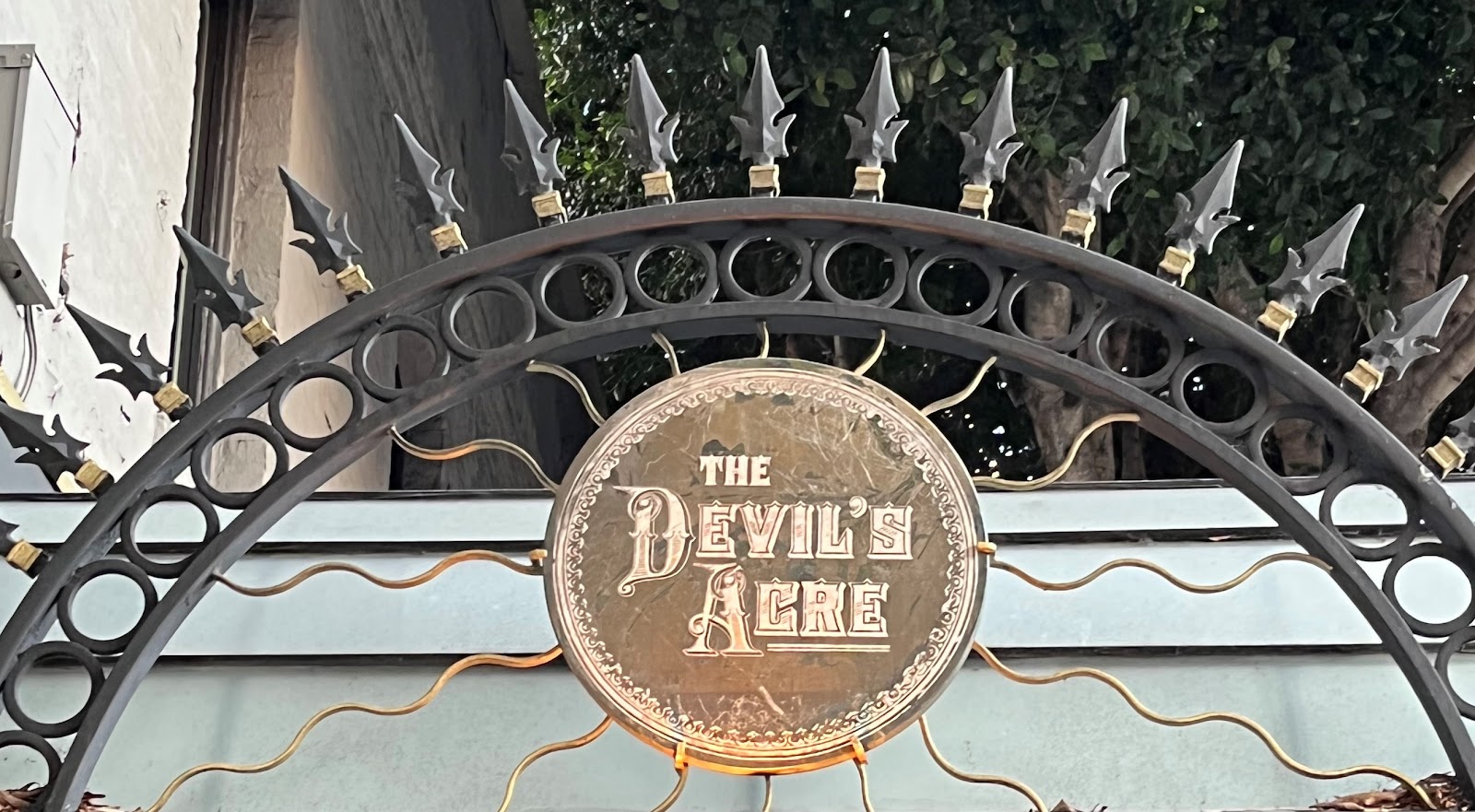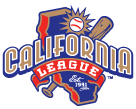The San Andreas Fault runs for 750 miles from the Salton Sea
in Southern California to Cape Mendocino on the North Coast. Geologists
classify it as a right-lateral strike-slip transform fault. If you’re having
trouble remembering your physical science classes (I sure do), let’s look at it
from another angle. It’s a boundary between tectonic plates. The North American and the Pacific plates grind into each other along the San Andreas.
The North American plate is moving, slowly, south as the Pacific plate slides
north. Clear as mud? In an average year, the San Andreas moves 20-35mm (0.79-1.38”).
The fault was defined in 1895.
On the morning of Wednesday, April 18, 1906, 5:12am to be
exact, a foreshock was widely felt across the Bay Area. About 20 seconds later,
all hell broke loose. The shaking lasted for nearly a minute (42-45 seconds).
By comparison, the shaking caused by the 1989 Loma Prieta earthquake lasted 15
seconds. High intensity shaking was felt from the Salinas Valley up to Eureka.
The earthquake itself was felt from Los Angeles up to Southern Oregon and
inland to Central Nevada.
The fault ruptured for an unprecedented 296 miles – from San
Juan Bautista to Cape Mendocino. The small Marin County town of Olema
experienced 20 feet of surface displacement. The quake’s epicenter was just
outside the Golden Gate, about 2 miles south. The magnitude has been estimated
at between 7.8 and 8.3 (Loma Prieta: 6.9). The strength varies because the Richter
Scale wasn’t created until 1935.
At the time, besides being the busiest port on the Pacific
coast, San Francisco was also the business, trade, and cultural center of the Western
U.S. The city was a collection of unreinforced brick buildings and tightly
packed wooden structures. Hundreds of masonry buildings collapsed, and wooden
houses crumbled while water and gas mains twisted and broke.
As the morning progressed, San Franciscans started to pick
up the pieces. The quake’s damage was massive, but nothing compared to what
happened next, the fire! Dozens of small blazes, started by fallen lanterns or
cooking fires and fueled by leaking gas broke out across the city. One of the
first was the “Ham and Eggs Fire” in Hayes Valley, near the intersection of
Hayes and Gough Streets. Someone lit a stove to prepare breakfast (Ham &
eggs?). Thanks to a badly damaged chimney, the resulting inferno destroyed 30
city blocks, including the new city hall.
As many as 30 large fires began to coalesce into three
firestorms. Without water to quench the blazes, (Remember those broken water
lines?) the mayor turned to the U.S. Army for dynamite. Firefighters used explosives
to demolish whole city blocks in the hope of creating fire breaks. Untrained in
the use of dynamite, the fire department created many new fires. Eventually the
Army took over the detonations. Fun fact: the explosives used were manufactured
across the bay at the California Powder Works in Hercules.
Over the next 3 days and nights, fires raged across the city
consuming everything in sight. Flames could swallow a city block in 30 minutes.
Smoke billowed a mile high as temperatures reached 2,700°F. Firefighting efforts turned
to creating fire paths, sacrificing one block to save another. On the third
day, the wind shifted, blowing the fire back upon itself.
As the smoke began to clear, 80% of the city was laid waste,
25,000 buildings across nearly 500 blocks were gone. More than 3,000 people had
died. It’s hard to come up with a firm number since deaths in Chinatown were
ignored. The cost of this disaster, in today’s dollars, reached nearly $9
billion. The human losses make this California’s largest single catastrophe. Most
of the deaths were in San Francisco, but the earthquake also killed 189 people
across the region – from Santa Rosa to San Jose.
As if things weren’t bad enough, over half the city’s
population was homeless. The Army was tasked with feeding, clothing, and providing
shelter for 250,000 people. Initially, 21 large tent camps were established in city
parks (including Golden Gate and Dolores), the Presidio and really any open space.
Tents worked on a temporary basis but as summer was turning to fall, a better
solution was needed before winter’s arrival. Major General Adolphus Greely solved
the problem using his experience building arctic shelters. He joined forces
with parks superintendent John McLaren to design earthquake shacks. San
Francisco’s first tiny homes were around 200 square feet. Union carpenters built
500 shacks using redwood, cedar, and fir. Many shacks were painted “Navy blue”
since the military had lots of that particular paint on hand.
Through this whole period, 4,000 military servicemembers
participated in efforts to prevent crime, including looting, and aide recovery efforts.
Soldiers guarded the U.S Mint, post offices, and the county jail. Mayor Schmitz
even issued a “shoot to kill” order allowing soldiers, regular and special
police officers to shoot looters or “anyone in the commission of any other crime”.
Recovery and rebuilding efforts began immediately. Millions
of dollars flowed into San Francisco from the federal government and around the
world. Fundraisers were held in London and Canada. Andrew Carnegie sent
$100,000 ($3.4 million today). On April 19, the New York Highlanders (Yankees)
and the Philadelphia Athletics played a benefit game to raise money for the
effort.
Worried that if the full impact of the disaster were widely
known it could negatively impact business prospects, civic leaders downplayed
the damage. The “official” death toll was reported to be just 700. Newspaper
articles spoke about the positive attitude of earthquake survivors. The mayor
talked about rebuilding “larger, better, and soon”. By 1915, the city had risen
from the ashes and hosted the Panama-Pacific International Exposition to
showcase its full recovery. During the Expo’s nine-month run, 18.8 million
visitors attended.
As happens today, “Christian” ministers used the devastation
as proof of divine retribution to punish San Francisco for sin, debauchery, and
low moral values. Some things never change. Down in the Jackson Square section
of the city stood Hotaling’s whiskey warehouse which was the largest whiskey
depository on the West Coast. At one point, troops planned to blow up the
building, and the whiskey, to build a fire break. Cooler and smarter heads prevailed. U.S. Navy sailors ran hoses for a mile from Fisherman’s Wharf and around Telegraph
Hill to bring a supply of saltwater to Hotaling’s. The whiskey was saved!
Charley Kelley, the editor of “Sunset Magazine” penned San
Francisco’s famous and appropriate response:
If as they say, God sparked the town,
For being too frisky.
Why did he burn the churches down,
And save Hotaling’s whiskey?
The next HEAD Trip will explore the Great Earthquake and Fire
with a focus on the Mission District. As is tradition, we will meet in a bar, Delirium
– a place that puts the dive in dive bar. The glasses are clean. The drinks are
strong. Bring hand sanitizer. Delirium is at 3139 16th St., just a
short walk from the 16th/Mission BART Station.
After getting lubed, we’ll stroll over to Dolores Park.
Along the way stopping at Bi-Rite Market to buy some sandwiches for a picnic in
the park. After lunch, and a spot of dog/people watching, we’ll hike up to hill
to gaze in awe at the Golden Hydrant, savior of the Mission District. Down the
hill, with a stop for ice cream, we’ll find our way over to the Elixir, San Francisco’s
second oldest bar! Enjoying our adult refreshments, we’ll share the “up from
the ashes” story of this famous watering hole.
Let’s meet at noon on Saturday, May 6th at Delirium and take
it from there!
.jpg)


























